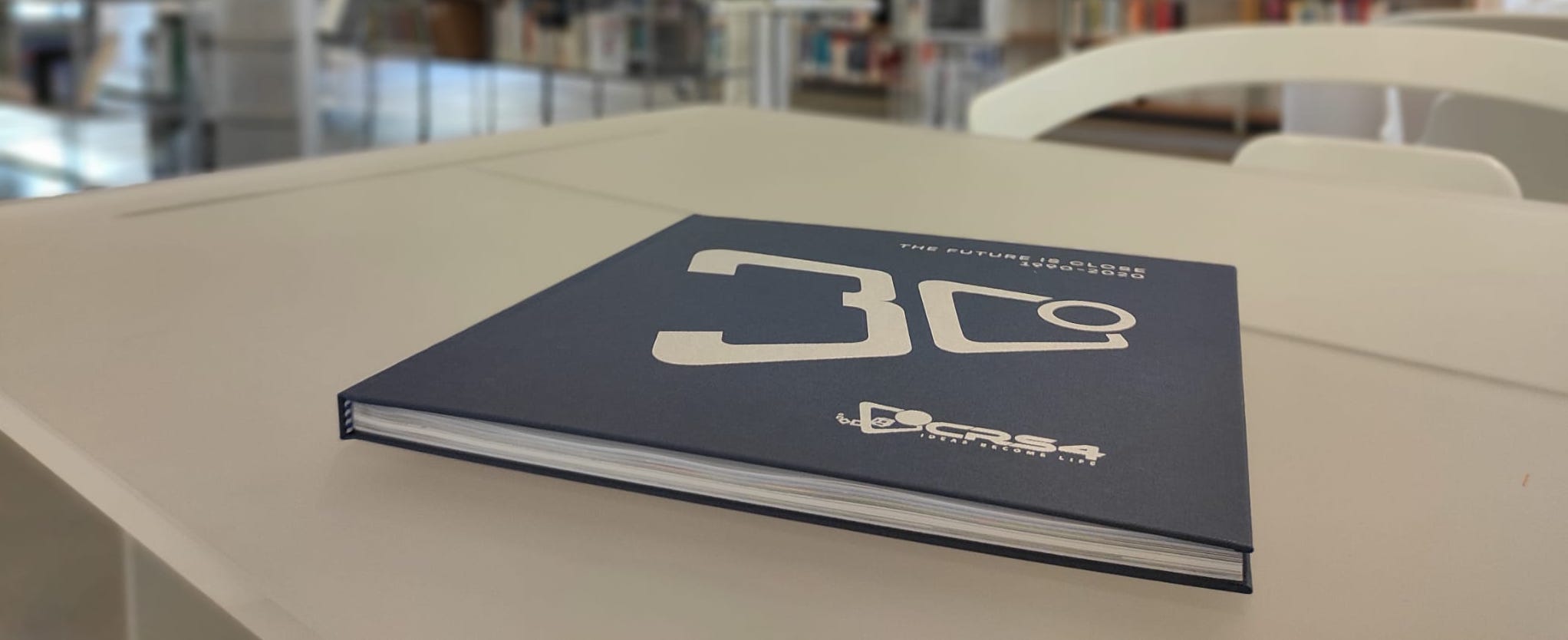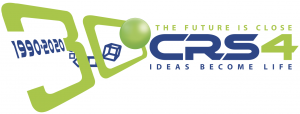
Preface
This book presents the occasion to offer, through written contributions and images, the first thirty years of CRS4, the multidisciplinary research centre established on 30 November 1990 by the Region of Sardinia and initially led by physics Nobel laureate Carlo Rubbia.
In July 2020 I was appointed as the CRS4 legal representative by the sole shareholder Sardegna Ricerche on the recommendation of Regional Governor Christian Solinas. I am greatly honored to have received such appointment given its importance for the Region of Sardinia and the prominent figures in the field of scientific research who had the same duty before me, such as, in addition to Carlo Rubbia, the well known scientists Nicola Cabibbo and Paolo Zanella.
I have therefore the welcome task of guiding you through this book which I particularly take care of since I have carried out research on numerous scientific topics, both at the University of Cagliari for over thirty years and as a consultant to CRS4 from 1998 to 2015.
The book, on the one hand, is divided into a number of important contributions relating to the past, present, and future of CRS4, provided by the President of the Region of Sardinia, Christian Solinas, the President of the Fondazione di Sardegna, Antonello Cabras, and the General Director of Sardegna Ricerche, Maria Assunta Serra. President Solinas will discuss the Region of Sardinia’s strategies for scientific research and the role of CRS4 in this scenario. President Cabras will outline the steps taken to set up the Centre. The legal representative of Sardegna Ricerche Serra will underline the role of CRS4 within the Science and Technology Park of Sardinia.
On the other hand, this book aims to pay tribute to the work that the Centre’s researchers and technologists have carried out and continue to carry out with passion in the fields of information society, energy and the environment, biosciences, aerospace, visual and data-intensive computing, and high-performance scientific computing. The scientific research and technological development, which underpin the activities performed by CRS4, will be explained through high-resolution images, accompanied by explanatory captions to provide a better understanding of their significance.
These images illustrate the multidisciplinary nature of CRS4 and the application of innovative solutions in the fields of modelling and simulation, geographic information systems, artificial intelligence, digital agriculture, numerical geophysics, environmental sciences, intelligent energy systems, the internet of things, educational technologies, 3D acquisition, processing and visualization, digital health, high-performance computing, networks and security, smart projects, and quantum computing, among others.
Part of the book is dedicated to photographs of the following platforms: supercomputing, characterized by state-of-the-art computing resources that are among the most powerful in Italy; large-scale gene sequencing, from data production to analysis; command and control, to support the management of smart cities and emergency response.
This publication, which is also of an artistic nature, is to be given as a gift to the representatives of institutions and companies at regional, national, and international levels. Enjoy the reading!
Giacomo Cao
Sole Administrator of CRS4



